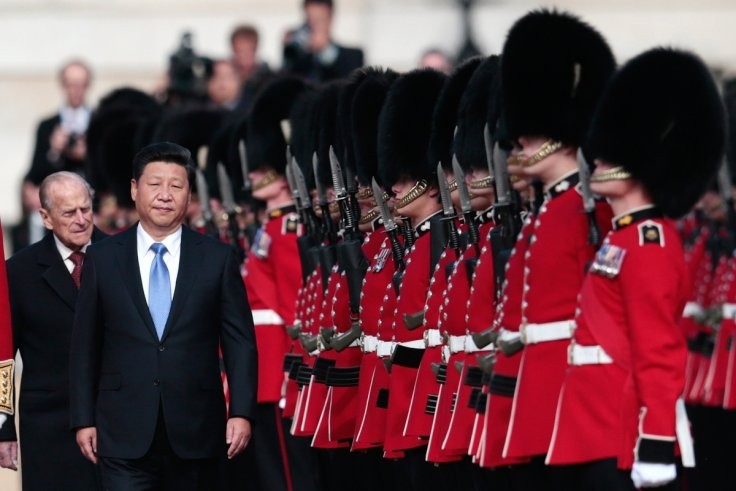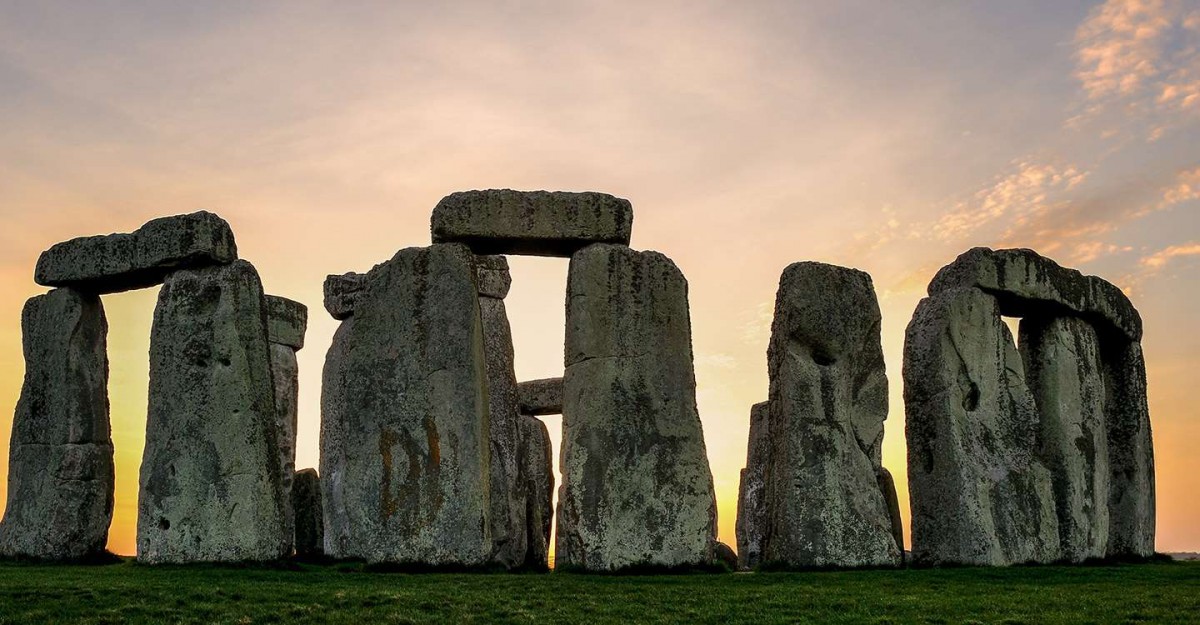
“State visit” doesn’t do justice to what we’ve seen this week.
The Chinese media exulted that their president got a ‘redder than red carpet welcome’ in the UK and certainly Xi Jinping rarely stepped off the carpet, or went anywhere without a royal at his side.
And if it wasn’t the Queen, the Duke and Duchess of Cambridge or Prince Andrew, then there was always the Prime Minister or the Chancellor ready to stand in.
All of this demonstrated just how much Britain is staking on this relationship. The United States may be growing more cagy in its dealings with the world’s great rising power, but the UK is moving in the other direction, prepared to take risks to “run towards China”.
The promised “golden era” with China is a strategic shift and the British effort to get it off to a good start produced spectacular picture opportunities for President Xi and a lot of behind the scenes anxiety for his hosts, his enormous entourage, and frankly, for journalists like me.
Of course there was no meaningful access for me or any other British journalist to the Chinese president himself. Chinese officials hate surprises and an unscripted interview with a real reporter is their definition of prolonged and nasty surprise.
Information bubble
Instead there was a photo opportunity in Downing Street that both governments chose to call a “press conference”. One question was allowed from the British media and President Xi had clearly prepared his answer.
We weren’t told until minutes beforehand that the President would actually attend. I had messaged a Chinese Foreign Ministry official asking for guidance and heard nothing until four hours after the news conference took place when I got a reply which read: “I don’t have any information about that.”
Which makes the point that even when things have happened on live TV they haven’t officially “happened” for those inside the Chinese information bubble until someone senior has agreed it.
The important message President Xi wanted to send home to the Chinese public was not conveyed in a press conference anyway, but in the wall to wall TV pictures.
They should observe that in President Xi they have a modern day emperor who bestrides the globe, and they should reflect that he has restored China to its rightful place in the world.
Pomp and propaganda
For those whose historical awareness might be befuddled by all the tiaras and trumpets, the Communist Party flagship People’s Daily provided a front page editorial to drive home the message: “The national humiliation that China suffered in modern times began with the rumble of cannon from British warships.
“But times have changed. China does not bully those past aggressors with its strength.”
Talking about reporting of the visit, I came in for criticism from one Chinese publication, which accused me of “skewed and hysterical propaganda” after the BBC broadcast a TV documentary I made about President Xi himself.
But all is not as it seems in the world of propaganda. As I was rushing from one event to another, a reporter for one of China’s biggest state media organisations grabbed me by the arm, not to berate me but to say he was a fan.
In the British camp, critics of their government’s campaign to become China’s “best partner in the West” drew attention to Beijing’s censorship and the authoritarian political culture.
By the end of the visit some were even angrier than they had been at the start, complaining that at every venue, human rights protesters were penned behind police barriers, obscured by giant Chinese flags and drowned out by the cymbals and drums of the Chinese patriots.
Even British officials who have seen many world leaders come and go said the security for President Xi was on a daunting scale.
As someone who lives and works in Beijing, I’m probably more used to this than most, but I almost missed a live broadcast for the main evening news on Wednesday night as I struggled to find my way into the Guildhall.
For the banquet in honour of President Xi, it had become a fortress inside a labyrinth, almost impenetrable behind barriers, police and identity checks.
British policing of Chinese visits is always controversial as it is simply not possible to square Beijing’s demand for the inviolable dignity of Chinese leaders with the British expectation of the right to protest.
Predictably, the week ended with the Metropolitan Police answering questions about their handling of the visit, on this occasion about why they arrested three demonstrators and searched their homes.
I suspect, however, that Met chiefs will be as relieved as both governments that the VIP came and went without greater incident. And the officials who choreographed the visit for both governments may reflect that there were really only two clouds over their week.
‘Win-win’ narrative
The absence of Prince Charles from the state banquet and the news story of British jobs lost in part due to alleged dumping of cheap Chinese steel. But both clouds passed over without lowering the diplomatic temperature.
The Speaker of the Commons may have told the Chinese president to show moral vision, a former adviser to the Prime Minister may have fumed about national humiliation, and a backbench MP complained that the British government was a “fawning spaniel that licks the hand that beats it” but to the two governments embarking on the “golden era” these were non-fatal blows.
Instead, the photo opportunities, the business deals and the speeches of the past week combined to write the first chapter of the “win-win” narrative they want to develop.
“The stronger our economic partnership, the stronger our relationship to have the necessary and frank discussions about other issues,” said the Prime Minister in defending the language of the golden era from accusations of sell out.
But even after this extraordinary week for UK-China relations, there seem to be as many British sceptics as before: some who doubt the economic partnership; some who doubt how strong the rest of the relationship is; and some who doubt both.
Over time, we’ll get a better idea of who’s right. We’ll see how strong the economic partnership is, how strong the underlying relationship, and whether Britain’s big China gamble is paying off.


















